Christmas isn’t complete without the fantastically chewy, honey-caramel enrobed mixture of a luxurious variety of toasted nuts, dried fruits, and magical spices called panforte.
What is Panforte?
A dried fruit and nut laden Christmas specialty of Siena, Italy, panforte (pronounced pan-FOHR-teh; variously called Panpepeto, Siena Cake, Panforte di Siena, Panforte Nero, and Panforte Margherita) is often described as a type of fruitcake. To call it a cake of any type, however, is misleading. It doesn’t fit my definition of cake.
It also reminds me nothing of Lebkuchen, a German gingerbread-type cookie, which it is also said to resemble, probably due to the inclusion of honey and warm winter spices in both. But no, it’s not a cookie.
Instead, panforte, as I have just recently discovered, is a fantastically chewy, honey-caramel enrobed mixture of a luxurious variety of toasted nuts, dried fruits, and magical spices, usually dusted generously with powdered sugar.
In essence, it’s a caramel confection. And I can’t think of anything I’ve EVER eaten (including all those fabulous cookies I just finished baking) that shouts CHRISTMAS more than this highly aromatic, chewy, gooey, distinctively spiced, and glistening confection. It’s pure magic!
A long history
Panforte dates back to at least 13th century Tuscany and many stories claim even earlier and more exotic origins. According to documents dated 1205, Panforte was paid to monks and nuns of a local Italian monastery as a tithe, which was due on the seventh of February that year. There are also references to the Crusaders carrying panforte with them on their quests and to the role of panforte in sieges in which the food supply became depleted.
Panforte literally means “strong bread” which refers to its heady spicing. The original name was panpepato (peppered bread), due to the large amount of pepper used in medieval renditions of the confection. Today, this type of panforte is often called panforte nero (black strong bread), and along with panforte Margherita, is one of the two most popular versions of this Tuscan specialty. Panforte Margherita is the lighter version and typically does not contain pepper, cocoa, or chocolate.
Today, there are many shops in Italy that produce panforte, and each recipe is a closely guarded secret. Typically, a small wedge of panforte is served after dinner with coffee or a dessert wine. However, as I’ve recently discovered, if you have it on hand, it’s difficult not to snack on it ALL DAY LONG. To save myself, I have had to wrap it in several layers of plastic wrap and foil (to keep the aroma inside the wrapping), remove it from the kitchen, and store it outside on the covered deck in the cold pantry cabinet. We’ll see if that helps.
How to Make Panforte
The process of making panforte is fairly simple. Toasted nuts and dried fruit are combined with candied or freshly grated lemon and orange peel, a heady mixture of ground spices, cocoa (often), and flour (usually). Then honey and sugar are boiled to the soft ball stage to make caramel syrup. The syrup is poured over the nut and fruit mixture, mixed thoroughly, spooned into a baking pan, and baked for a short while to bring the caramel to the hard ball stage, at which point it will hold its shape when cold.
Nothing to it, eh? Well, maybe not, but as I surveyed a wide range of excellent resources to try to zone in on the best method, I notice a lot of variation in the most crucial aspect of this confection, namely the making of the caramel, which is begun on the stove and completed in the oven. If you blow the caramel, you blow the panforte.
What top culinary pros say about this critical step
Paraphrased, with my notes in red text:
- Virginie Fowler-Elbert (Dolci): Boil the syrup for 2 minutes, to soft ball stage (234°-238°), and then bake the panforte at 300° for 40 minutes.
- Alice Medrich (Pure Dessert): Boil the syrup for 15 seconds (no temperature is given), and then bake the panforte at 300° for 40-45 minutes, until bubbling in center as well as edges. (By the time the center is bubbling, the edges are completely overbaked.)
- Gina De Palma (Dolce Italiano): Boil the syrup to 217°, and then bake the panforte at 325° for 15-20 minutes, until the entire surface is bubbling. (No way will the center be bubbling after only 20 minutes at this low temperature.)
- Ana Sortun (Spice): Cook the syrup to 240° (medium ball stage is 238°-244°), and then bake the panforte at 300° for 18-20 minutes, until bubbling around the edges. (In my tests, it required 25 minutes at 325° for the edges to be fully bubbling.)
- Carol Field (The Italian Baker): Cook the syrup to 242°-248° (medium ball stage is 238°-244°) , and then bake the panforte at 300° for 30-40 minutes. The Panforte won’t seem firm when done. (Right. It’s not a cake. It’s caramel, which is soft when hot.)
What I discovered in testing honey-caramel syrup using equal amounts of honey and sugar
- As soon as the honey-sugar mixture clears and then boils, the temperature rises almost immediately to 240° or higher. This makes sense, because there is no added liquid in this mixture.
- Thus Alice Medrich gives us a safety factor of 15 seconds and does away with the need for a thermometer. Nice. In addition, barely soft-ball stage syrup combines more easily with the fruit and nut mixture.
- Virginie Fowler-Elbert’s 2-minute specification may take the syrup to the hard ball stage. Caution here. This also means that the hard-ball stage syrup hardens almost immediately upon contact with the fruit and nut mixture, making it most difficult to combine the two elements.
- Gina De Palma’s directions make no sense to me, because at no time after reaching the boil was my mixture only 217°. But perhaps she means to not bring the mixture to a full boil. That doesn’t make sense to me either.
- On my first test, even after 45 minutes of baking at 300°, only a 1-inch ring around the edges was bubbling. I can’t imagine how long it would take to see bubbling at the center. Regardless, by this point, the edges would be completely overbaked.
So after repeated testing, I am proposing Alice Medrich’s no thermometer method in my recipe below.
A few other things I verified in testing
- I searched high and low but could find no satisfactory explanation for the purpose of flour in this confection. Some cooks seem to think it helps the mixture “to bind,” but that did not hold true in testing. This is NOT a cake. Caramel does NOT need help to hold its shape if it is cooked to the correct temperature. Adding flour to caramel results in the perception of a fine grit on the tongue, which is of course not a good thing.
- Proportions of flour to caramel vary rather widely: 1 part flour to 3½ parts caramel (Gina De Palma, Virginie Elbert), 1 part flour to 3 parts caramel (Carol Field) 1 part flour to 1 2/3 parts caramel (Ana Sortun). In the end, I determined that the only reason I can fathom to add flour to this confection is to coat and thus separate all the pieces of sticky chopped fruit before enrobing them in caramel. Since this is my conclusion, it makes sense to use the least amount of flour possible to accomplish that goal. Thus, my proportion is 1 part flour to 6 parts syrup. You will taste no grit in your caramel with this proportion.
- The fruit, candied citrus peels, and candied ginger you use must be very plump and moist. Hard, stale, overly dried fruit, peels, or ginger will not hydrate during baking. What you put in is EXACTLY what you get out in the final confection.
- Gina De Palma’s panforte includes butter, which is atypical of the recipes I surveyed. I’m with Gina here. A little butter gives the caramel a gorgeous silkiness.
- Most traditional recipes for panforte call for candied lemon, orange, and/or citron peels. I don’t advise using what you will find in the typical grocery store, however. It is overly sweet and off tasting. If you want to make your own, see Candied Lemon Peel. On the other hand, I am quite happy with the results of using freshly grated orange and lemon peel, along with a tiny amount of both oils. The flavors SING!
- Fruit mixtures for panforte vary widely. In my testing and tasting, I discovered that it is very important to use a high quantity of TART fruit to balance the sweetness of the caramel and the bold spicing. The Northwest dried fruits that work beautifully for this purpose are cranberries, apricots, and Montmorency (tart) cherries.
Jump to Recipe
Cookin’ with Gas (inspiration from around the web)
- The Italian Baker by Carol Field
- Dolci by Virginie Fowler & George Elbert
- Spice by Ana Sortun
- Dolce Italiano by Gina De Palma
- Pure Dessert by Alice Medrich
- Wikipedia: Panforte
- Joy of Baking: Panforte
- Siena’s Panforte: A Christmas Delight

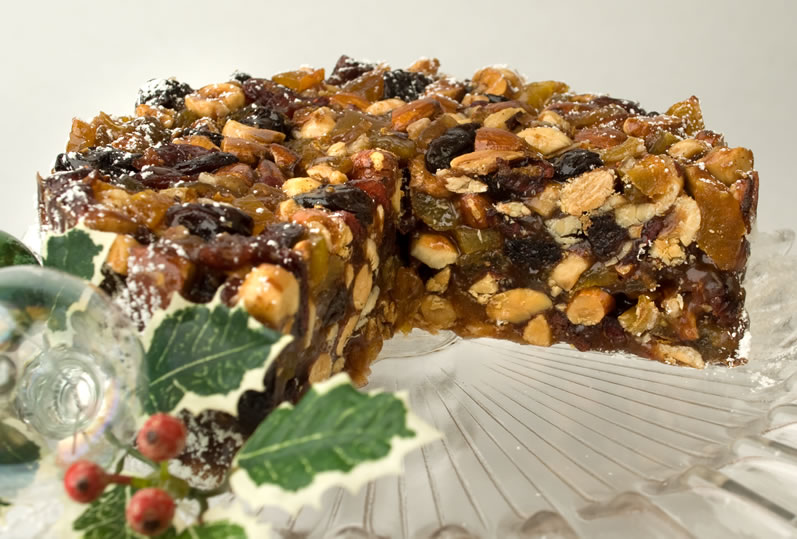
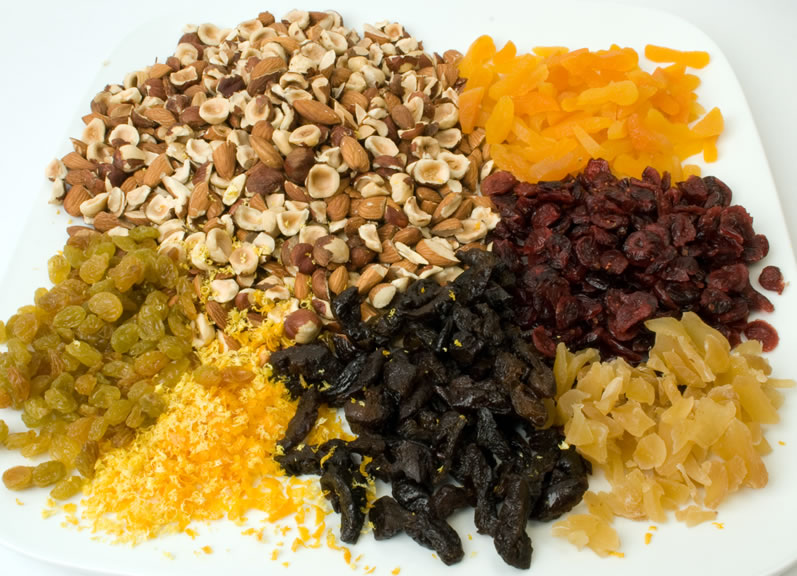
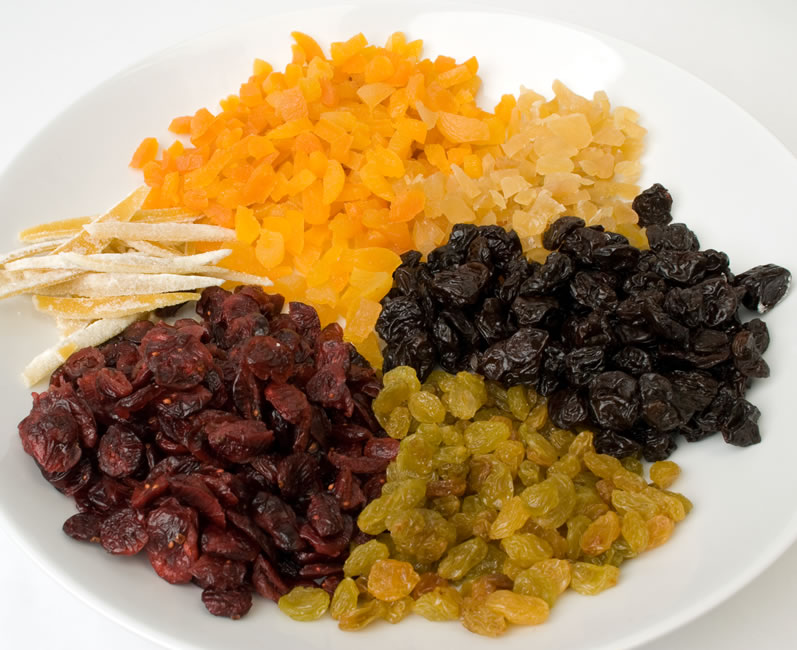
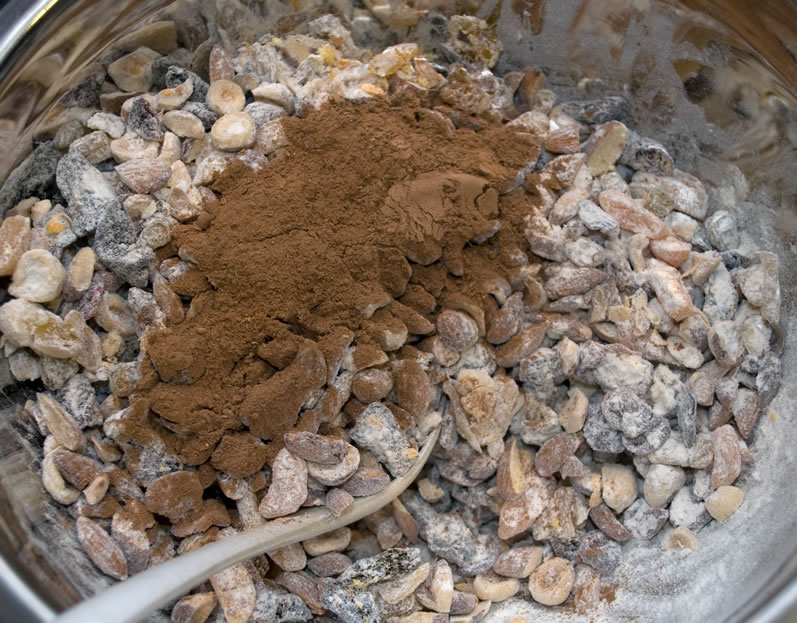
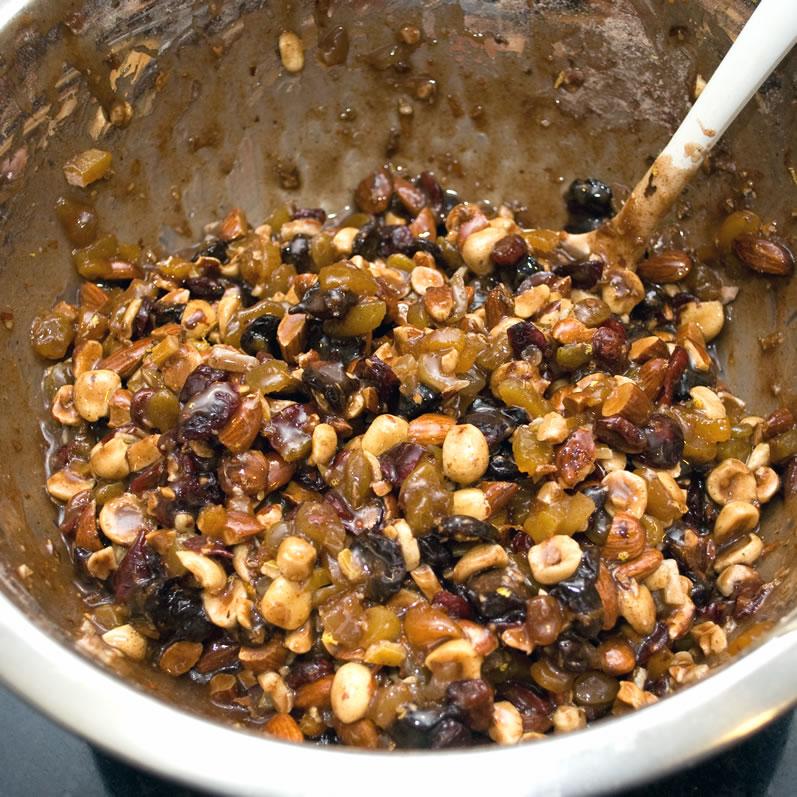


I have made this Panforte 4 times now and the first two times I blew the caramel because I stirred. Turns out there are two ways to make caramel! Who knew? Well now I do! It was still delicious even with crystals in my caramel, but the last two times I made it this I resisted the urge to disturb the caramel syrup with every fiber of my being and it came out perfect! SO DON’T STIR. I think this is the perfect holiday confection recipe. I took it to a Yule festival and it was DESTROYED by a pack of appreciative feasters. Thanks so much for this recipe!
Purely awesome Wix! Thanks for letting us know how it turned out. So glad folks liked it. I’m practically addicted to the stuff. LOL! Oh and Happy New Year!
Wow this dessert si packed full of nuts and dried fruits. I think I’m in love!
I love learning about different cultures and food. I did not know about Panforte. It looks wonderful. Would love a slice.
Oh wow, this looks amazing!
Wow, thanks for sharing such a traditional cultural recipe!
Such an festive dish! The section about all of the different caramel instructions started stressing me out, and I make caramel all the time… so interesting how we all have different methods of achieving what tastes best to each of us This definitely seems like one of those dishes that you can make your own, based on all of the varying opinions and methods you cite. Your version looks delicious!
This definitely seems like one of those dishes that you can make your own, based on all of the varying opinions and methods you cite. Your version looks delicious!
Marlynn, yes definitely. There are hundreds of versions of this traditional cake out there–some better than others. My goal was to create the best Panforte I’ve ever eaten. I think I did that (after many rounds of testing).
Dani, thanks so much for stopping by and of course please come back often. I know you are going to love this panforte. Happy Holidays!
I know you are going to love this panforte. Happy Holidays!
I’ve been following you on Twitter for a while now, so how did I not come to your blog before? This is an absolutely fabulous recipe. And with the ingredients adding up to a rather large investment for one recipe, I really appreciate the detailed instructions, tips, and explanations that you provided, Susan. I just want to take a bite out of one of the photos! If I don’t get it made in time for Christmas, I definitely will for New Year’s. Wishing you the Happiest of Holidays!
If I don’t get it made in time for Christmas, I definitely will for New Year’s. Wishing you the Happiest of Holidays!